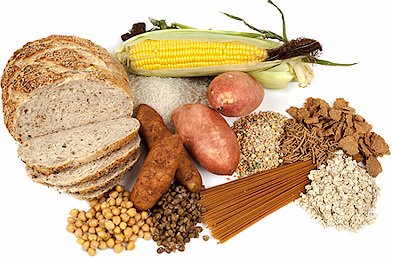What is carb cycling? Why is it effective for fat loss?
Is carb cycling really effective? How does it work? It has been one of the most commonly used methods in the fitness industry for those who want to lose fat at a rapid pace without compromising their hard earned muscle. It’s not a crash diet, it is a simple method that involves rotating throughout the week with high carb and low carb days while maintaining a high protein intake.
The high carb days are designed to refuel your muscles glycogen levels to created an anti catabolic state and help maintain you’re muscle.You’re low and no carb days are when you create a calorie deficit and you’re body reacts by losing water and fat.The reason this diet method is so appealing is because you don’t have to focus on calorie intake but instead focus on your macronutrients (carbs,fat and protein) each day.
This method is also appealing because it doesn’t cause negative consequences to your metabolism like the pure low carb diet.You know that feeling when you are on a low carb diet, your energy levels drop, your mood turns sour, and you have major food cravings. Well, with carb cycling you won’t experience these negative side effects if you do it properly.
Here are some things to know about carb cycling
1) Training and carb cycling
When carb cycling you should consume more carbohydrates on heavy training days and less on your rest and cardio days. The reason you should consume a higher carb intake on heavy training days is because your body needs the fuel for the workout. Consuming carbs before will help provide energy for the workout and eating them after will help restore your glycogen levels and aid in recovery. Generally people will follow a 2 to 3 low carb days followed by two high carbs days to offset a decline in the metabolic rate.On Rest days – it is advised to eat a low carb meals since the body will not need as many carbs on these days.
2) Types of carbs to consume on low and high carb days
On your high carb days you should be consuming grains such as ( whole wheat bread and pasta brown rice and oats) starchy vegetables ( yams, potatoes, squash) and moderate to higher carb fruits (bananas, apricot, dried fruit, peaches, pineapple). When on your low carb days you should be focusing on fibrous veggies such as (kale, broccoli, spinach, asparagus), moderate amount of beans and legumes (chickpeas, kidney beans, black beans) and low to mod sugar fruits ( apples, berries, pears, grapefruit). Your protein intake should remain high on both low and high carb days, stick to 1gram per 1lb of body weight and consume 25 grams per meal.
3) Expect some water weight gain
If you are one who is obsessed with the scale, there is one thing you should know about carb cycling – you will likely gain water weight. This will occur a day after you eat your high carb meals because for every gram of carb you consume, you will store 4 grams of water. If you are already leaner you will notice the effects more because any water weight gain will be noticeable. Don’t let this bother you, as soon as you go back to a few lower carb days and perform some cardio the water weight will go away.

